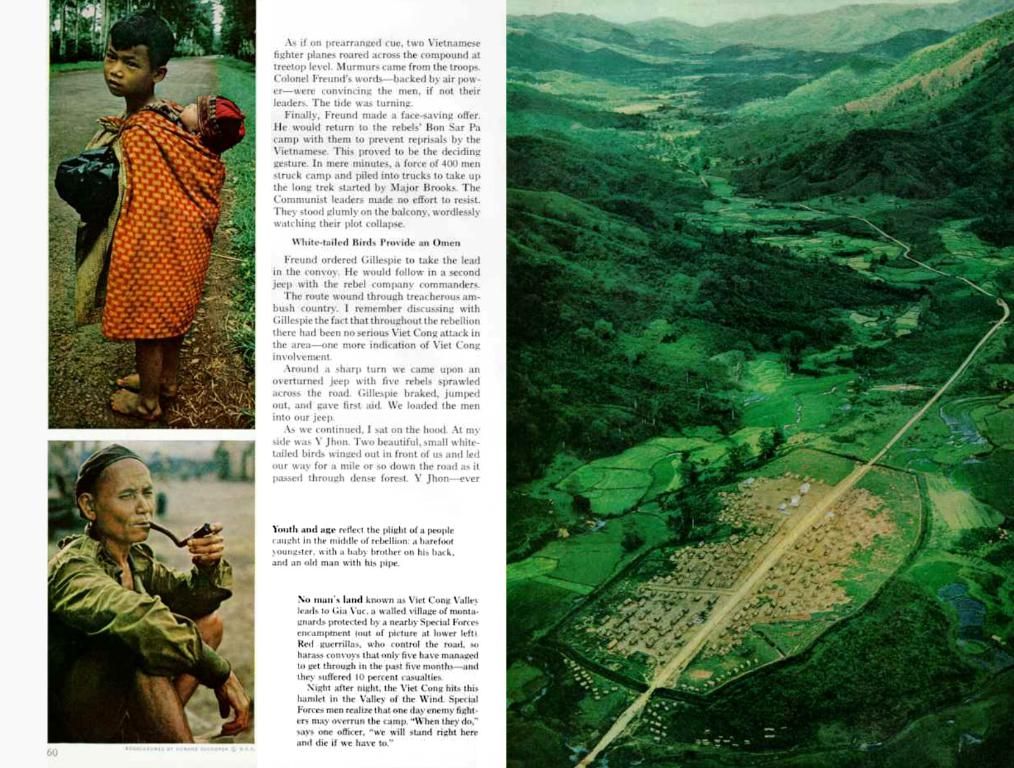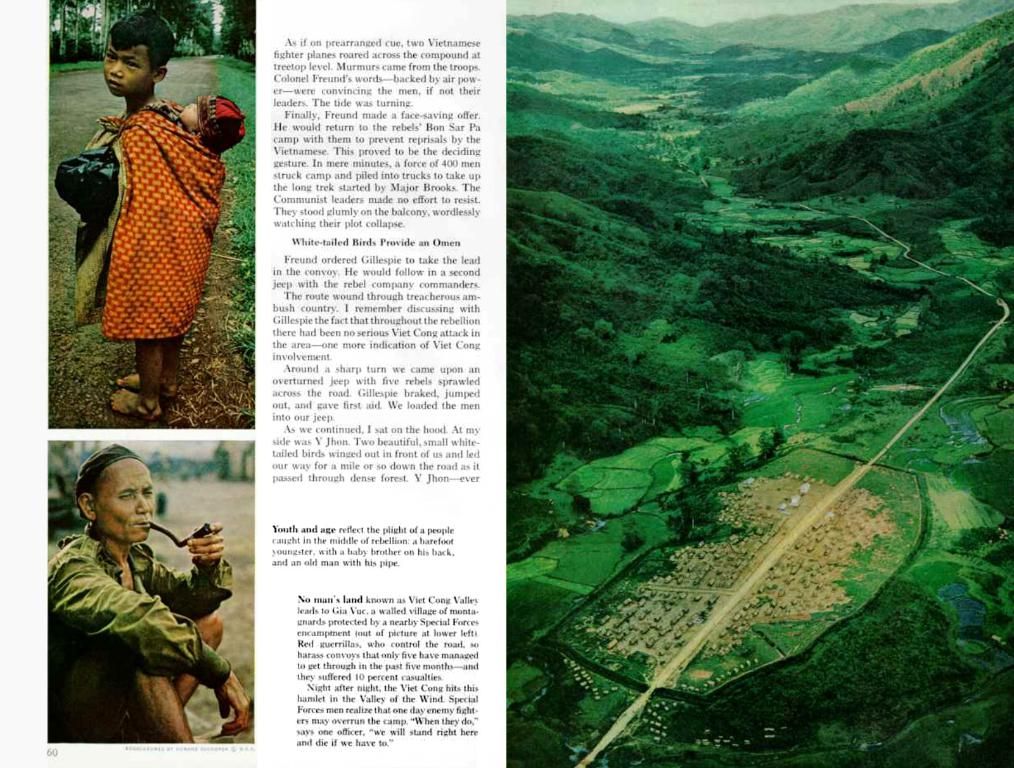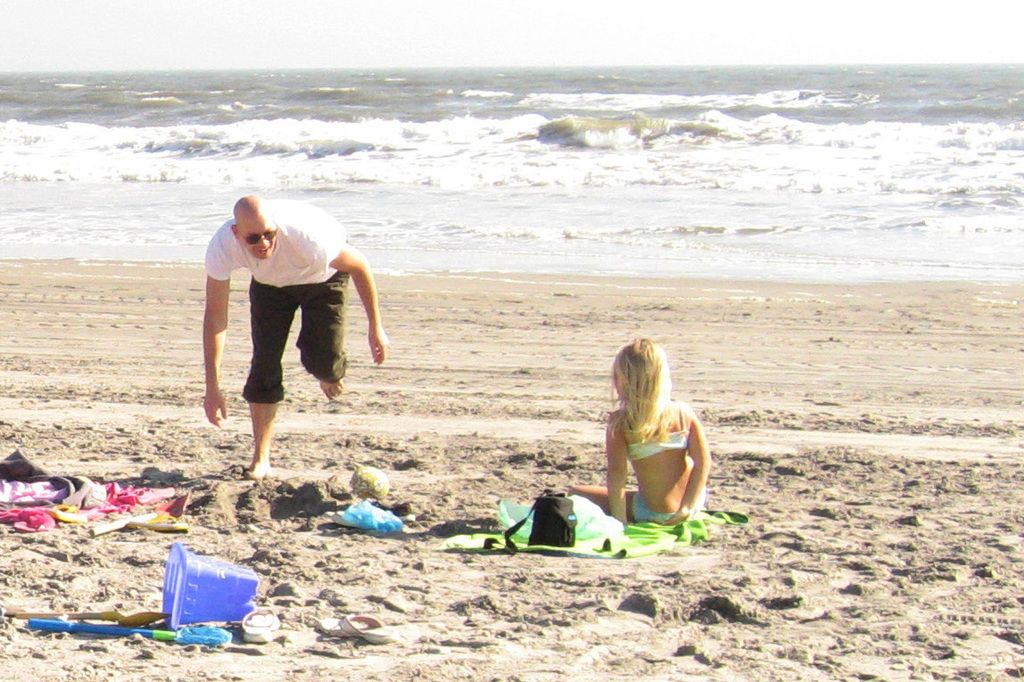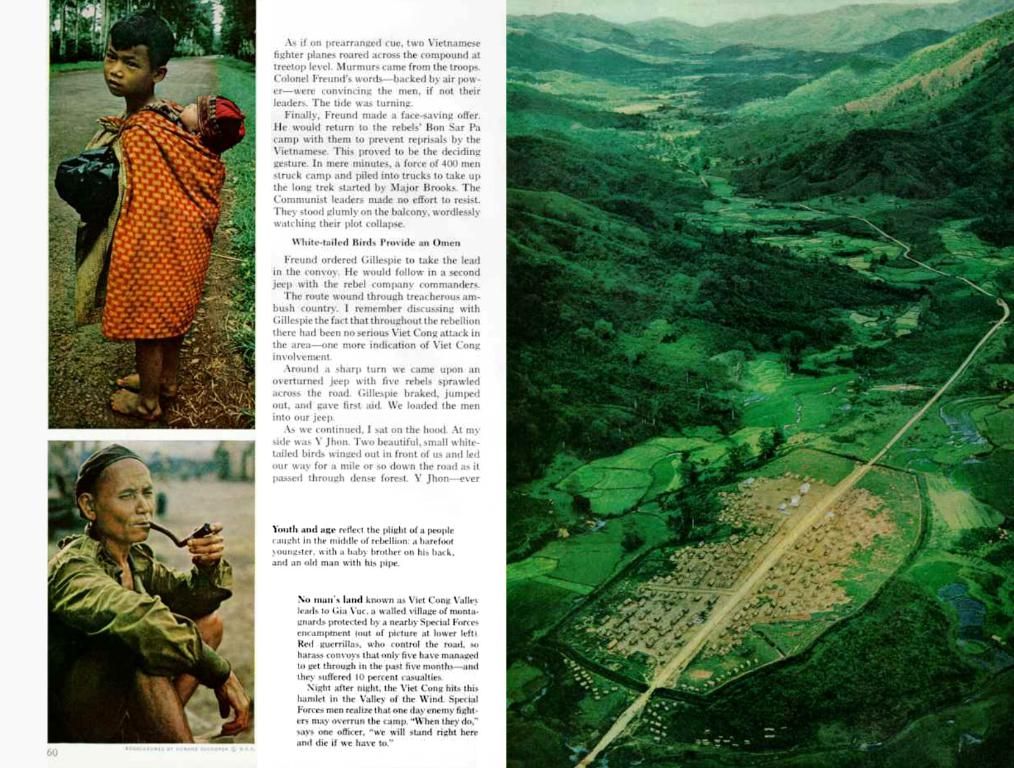Drones Soaring Over Everest
Unmanned Aerial Vehicles (drones) assume dominance in the cargo transportation on Mount Everest
In the lofty heights of the Himalayas, drones have become an indispensable asset, just as they are in other high-altitude terrains. At the staggering 8,849-meter-peak, Mount Everest, these unmanned aerial vehicles are now more than mere filming equipment - they aid in waste removal, cargo transport, and contribute to making the perilous ascent safer.
"Our drones carry ladders, tents, ropes, and oxygen bottles," says Raj Bikram Maharjan, CEO of Airlift Technology, headquartered in Kathmandu. "Tasks that used to take Sherpas seven hours now take seven minutes. It's much simpler."
Two China-engineered cargo drones of the FlyCart 30 model zoom between the base camp and Camp 1, situated above 6,000 meters. These winged workers support Sherpa teams who assist climbers from across the globe in their pricey endeavor to seize the Everest summit.
A Safer Ascent
The advantage lies in reducing the number of forays through the infamous Khumbu Icefall, thanks to drones. This treacherous zone, brimming with ice towers and crevasses above the base camp, is one of the most hazardous passes on the Nepalese side and must be surmounted by climbers on their ascent. Many barely manage it due to local specialists discovering a relatively safe route and making it passable with ladders and ropes.
Drones were introduced through a collaboration between the Khumbu Pasang Lhamu municipality and DJI, the Chinese manufacturer. Initially, they were intended solely for waste disposal. After a successful trial run in spring 2024, they were then taken over by Airlift.
Drones on Support Duty
The municipality continues to back drone operations alongside the Sagarmatha Environmental Protection Committee. Together, they ensure the route through the Khumbu Glacier remains passable and trash on Everest is disposed of. "Since the pilot project, we've transported hundreds of kilograms of waste from Everest and Ama Dablam," says Mingma Chhiri Sherpa, the mayor of the municipality. Ama Dablam, clocking in at 6,812 meters, is located near Everest.
According to DJI, a drone can lift up to 40 kilograms of cargo for nine minutes in the air with a battery-powered energy supply - and 30 kilograms in 18 minutes with two batteries. Even though performance drops at higher altitudes, the number of drone deployments is growing.
Last year, during the main season, drones were already transporting oxygen bottles to Camp 1 and hauling waste back. This year, they were also used to survey the Khumbu Icefall and locate new routes. "We can now create a 3D mapping to determine where crevasses are and how deep they are," says Maharjan.
Dangerous Work
Setting up fixed ropes and carrying heavy loads can be as perilous for seasoned Sherpas as the climb itself. According to the Himalayan Database organization, 227 lives have been lost on the southern side of the highest peak in Nepal between the first ascent in 1953 and 2024. Approximately one-third of them perished in and around the Khumbu Icefall. Most of the deceased were Sherpas.
Operators have pondered if the employment of drones might negatively impact Sherpas. However, Maharjan assures that the Sherpas are content with it. "Because of the natural dangers, many do not wish to work in the Khumbu Icefall. They are delighted that the work can now be done by drones."
German mountaineer Jost Kobusch is less troubled by drones than by helicopters, which are likewise used for filming. "The question is whether flying is essential in this specific field of application? I would contend that, in this context, it is likely preferable to utilize drones." The Everest region is currently overburdened by helicopter noise. "It's akin to a highway when the helicopters fly up and down in two lanes." If a drone flies high enough, it becomes inaudible.
A Traditional Past
For decades, mountaineers have relied on traditional forms of transport as they navigated the arduous Himalayan landscape. Lower down, loads were carried by human porters or donkeys. In higher altitudes up to the base camp, it was mainly yaks - a type of High Asian cattle - that took on the toilsome work. Despite the increasing use of helicopters, this older system of transport persists to this day. This is partially due to the fact that air transport is subject to certain restrictions. There is also resistance in some communities.
Expedition organizers also welcome this advancement. Drones could potentially save lives, claims organizer Lukas Furtenbach. "For each load they transport aloft, they lessen the back and forth of labor forces through the hazardous Khumbu Icefall." Additionally, Sherpas would still receive similar compensation if drones became widely used.
Nevertheless, the high costs currently deter some from accessing this technology. With acquisition costs of around 50,000 dollars per drone, smaller outfitters may be deterred, says Maharjan. However, he remains optimistic about drones' future. "[Drones] have a promising future on Everest and throughout the Himalayas."
Note: Drones play a growing role in Everest expeditions, addressing environmental, safety, and logistical challenges during the climbing seasons. This is accomplished through waste removal, cargo transport, and route mapping.
Waste Removal:
Drones now actively participate in waste disposal efforts, easing the risk for human teams in hazardous areas. For instance, dedicated drone flights can transport up to 35 pounds of trash per trip from higher camps to the base, reducing exposure to the dangers of the Khumbu Icefall.[1][3] Efforts, like those led by organizations such as the Cimex BYD Charity Foundation, aim to leverage drones to remove substantial quantities of waste, with goals such as clearing 1,000 kg of debris as part of an eco-friendly clean-up campaign.[2][4], thereby supporting environmental stewardship and lessening some of the logistical and health burdens on local teams.
Cargo Transport:
While the primary role of drones on Everest is currently waste removal, their capacity for cargo transport is under investigation. Drones are more efficient than human porters for carrying small but crucial loads, particularly in areas too dangerous for traditional overland transport.[1][3] However, their use for general cargo transport is currently limited by payload capacity, battery life, and weather conditions. Still, their deployment for specialized tasks, such as delivering oxygen bottles or emergency supplies, is being considered and may become more widespread in the future.[1][3]
3D Mapping and Safer Ascent:
In addition to waste removal and cargo transport, drones are being utilized for advanced mapping techniques, supporting safer route planning and timing. By developing high-resolution 3D models of the Khumbu Icefall and other treacherous zones, drones offer up-to-date information about icefall conditions, crevasses, and potential hazards. This technology allows for safer route selection and timing for climbers and guides, helping to decrease accidents in this unstable and perilous section of the climb.[3]
- Environmental science and technology have come together to aid in the disposal of waste on Mount Everest, with drones now playing a significant role in this eco-friendly clean-up campaign, potentially lifting up to 35 pounds of trash per trip from higher camps to the base, reducing exposure to hazardous areas.
- In the realm of sports and environmental science, drones are also being investigated for their cargo transport capabilities, showing promise as an efficient alternative for carrying small but critical loads, especially in dangerous areas where overland transport is too risky. However, their widespread use for general cargo transport is currently limited by factors such as payload capacity, battery life, and weather conditions.








